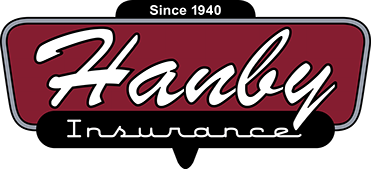How to Insure a Classic Car
At Hanby, we don’t think you should ever put your classic auto on your personal auto policy – for several reasons. The biggest reason being that your auto insurance policy will almost always pay the Actual Cash Value (ACV) or depreciated value of your car if something were to happen. On a classic insurance policy, they specialize in insuring classic and collector cars. They have the option to add an agreed value, or in some cases a stated value, to your classic car.
Agreed Value vs. Stated Value
What is the difference between an agreed value and a stated value? It’s important to note that either value will need to be listed on the declarations page of your vehicle.
Agreed value means that the insurance carrier will pay the value that you and the carrier agreed on if something were to happen. It may not be the full replacement value, but it is the agreed value between you and the carrier. For example, if you agree on a $30,000 value, then the car is in an accident as a total loss, the insurance carrier will pay out $30,000.
Stated value is usually a bit more complicated. Many times, in order to get a stated value, you must get an appraisal on the vehicle. An agreed value is more lenient, where the carrier has books and resources to come up with a value.
Why Avoid a Regular Auto Policy?
Your regular auto policy will only pay Actual Cash Value (ACV), which is the actual value of the vehicle at the time of the loss. So even though your classic car might be worth $30,000, the depreciated value may only be $5,000. The carrier won’t look into any enhancements you’ve made on the car, i.e. new seats or a paint job.
Hanby Helps
Getting a classic auto policy will at least ensure that you get the agreed value for the vehicle if something happens. The team at Hanby Insurance would love to chat with you about your classic car and the best way to insure it. Call us at (972) 285-0381.
